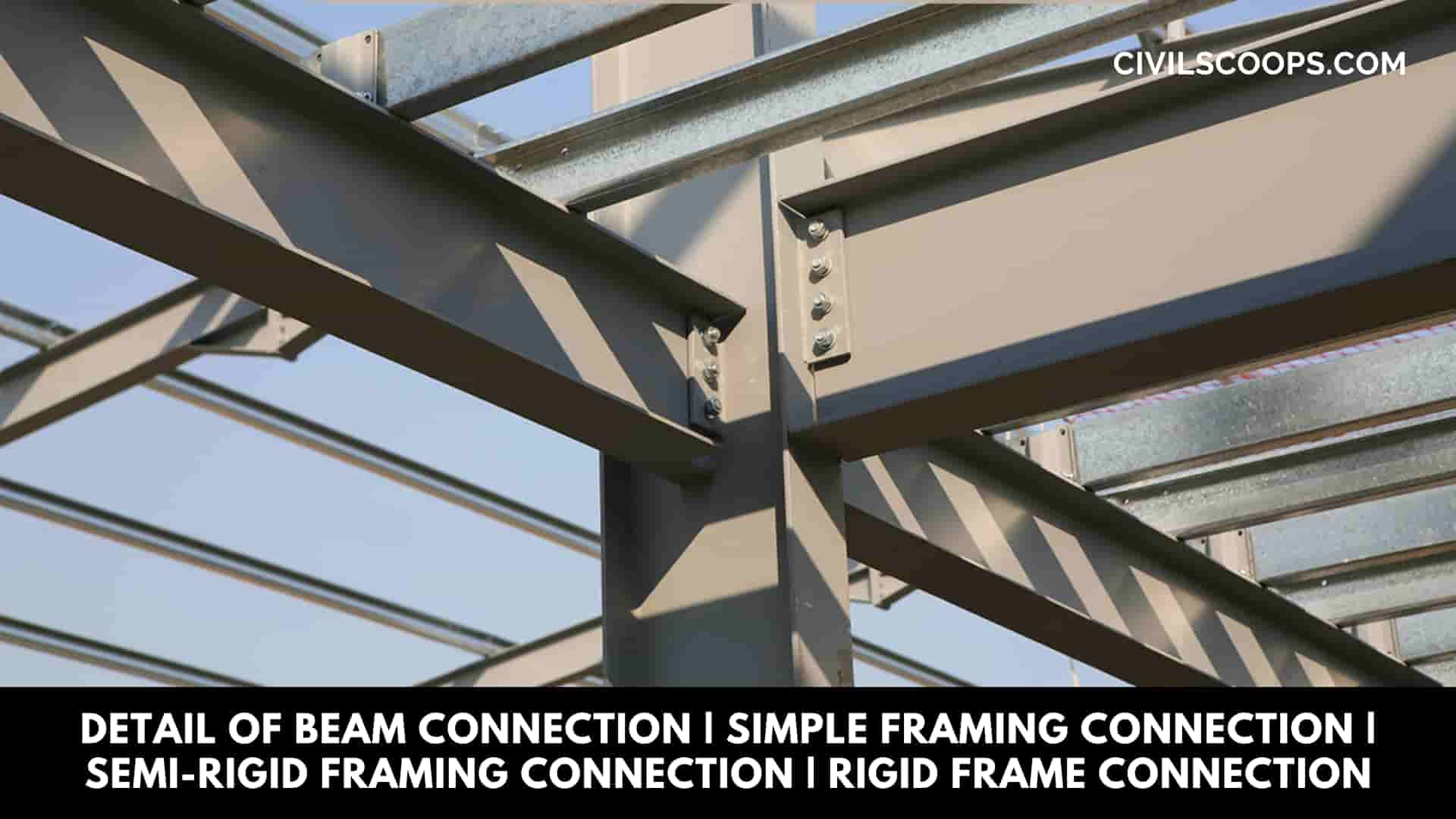What Is Louvered Door? | 10 Different Types of Louvered Doors Available in Market
Induction of Louvered Door Doors are one of the important parts of our home which provides the horizontal movements of the occupants from one room to another room. There are various designs and types of doors are available in the market and it is very difficult to choose the best one for your house which…
































































































